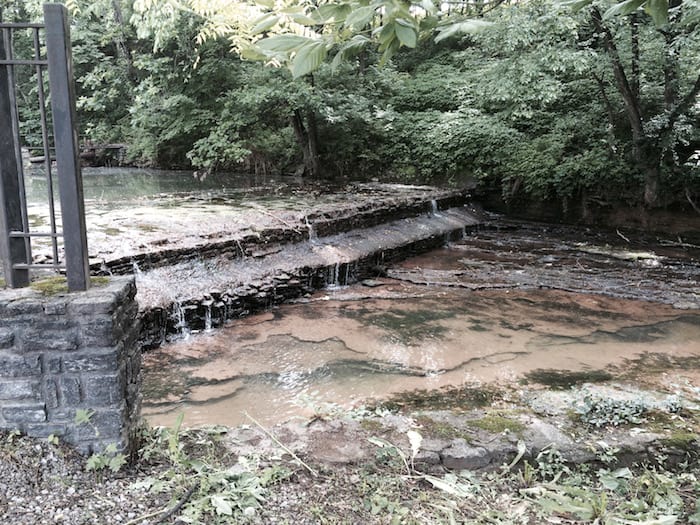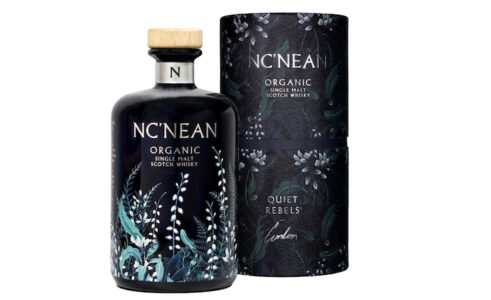You already know that you will appreciate differently your favorite whiskey with the addition of different amounts of water. In the end, water quality and whiskey quality are at the origin of intricate drinks. As an evidence, distilled spirit making and therefore whiskey production will ever require water. Knowing that, every distillery has its own signature taste: water quality can contribute to it. You will taste differently your favorite Whiskey with addition of different amounts of water.
Water Quality, A Possible Influence On Key Steps of a Whisky(e)y Process
Recent findings from an archeological work evidence the characteristic structures of traditional kiln stills of the medieval era. These structures aged of more than 500 years display features proving that brewing and distilling practices at that time were performed. The site corresponds to an ancient abbey located at Lindores (Scotland). An important fact related to the distillery structures is the presence of a well. Meaning that as soon as the first distilleries run they needed water nearby.
Where do you find water? From the ground. Its composition will influence the mineral composition of the water running through it. Different locations will be at the origin of different grounds and hence water quality will depend on the land where whisk(e)y is produced, meaning that whiskey quality is related to the land of production.
At first, water is typically disinfected prior to any use in the plant and the inorganic species are oxidized, allowing the most part of them to precipitate as insolubles removed after filtration. Well, in a whiskey process, water is firstly needed in the steeping step during the malting operation. Then, water operates as a medium wherein soluble substrates from the milled grain are subjected to enzyme activities. Enzymes allow the progressive conversion of starch into short sugar chains and simple sugars that yeast is able to convert into alcohol.

Enzymes activities (amylases -alpha, beta-) either naturally present in malted barley or from commercial origin are calcium dependent. Furthermore, calcium is able to protect the enzymes from heat-denaturation and is an aid for the yeast growth. Then, ion calcium content will have an influence on the optimal speed and completion of sugar conversion. There is no need to say that the absence of ion calcium will lead to inactive enzymes. From low starch conversion rates arise distillation defects leading to poor spirit quality and to inefficient yield. You will conclude that limestone water is a prerequisite in the mashing step to ensure the most efficient sugar conversion.
Known distilleries located outside of cities can use groundwater more easily. But sometimes, a high iron content enables to leading to an off-flavor generation. Before its use in mashing, water needs a treatment to avoid such high iron amounts. Sometimes, to save ground water amounts, and also for distilleries having commitments with sustainability, rainwater collection occurs for a use in the whole process. But pay attention to the microbiological purity of rainwater before use, because of the possible presence of inherent bacteria and molds that can compete with yeast and can ruin the quality of a whiskey batch by unwanted volatile molecules production.
The second step of a whisky process needing water is the cut down of the alcohol out of the still before maturation in oak casks. Because of the time needed for Whiskey maturation, this step is of importance and can influence the final Whiskey quality.
Checking the water quality level
How to match water sourcing and which treatments are available and suitable to ensure adequate quality? Analyses of mineral composition and the potential presence of organic compounds allow the checking of the water safety. In a process carried out with the unbalanced presence of mineral, fermentation problems can arise and an effective presence of off-flavors and/or allergens can occur with irregular owner signature taste in the marketed product.
how maintaining microbial integrity within a plant? by checking microbiological purity and therefore by identifying spoilage microorganisms, providing practical insights,
why checking quality of water? To avoid further potential problems such as reduced product quality, limitations of cross contamination. It allows cleaning practices to be effective.
Furthermore, checking water quality is able to bring help to the earlier detection of unwanted microbial outbreaks, prevention and cure of potential recurrent contaminations. The availability of recent methods gives the possibility to each producer to ensure the microbiological safety of the process and then to efficiently contributes to the reproducible and sustainable product quality.
What about water re-use?
The recovered water after distillation called as stillage contains solids and ions that impairs its direct re-use. Without any further treatment, the direct discharge into surface water would lead to a too high biological oxygen demand (BOD) rate. Treatments of such wastes need specialized systems not always available in plants. Some distillers turn to companies able to provide or to take in charge the stillage treatment.
When operating in a distillery, the stillage treatment being either of anaerobic type or of aerobic type, leads to the drop of the BOD. Then the microbial biomass settles and after a last filtration step the treated water returns into surface water systems.
Another method consists in the ultra-filtration of the stillage, allowing an immediate re-use of water in further fermentation steps. Or in an evaporation step followed by a DDGS (Dried Distilled Grains & Solubles) producing step used as cattle feeding supplements, hence allowing money savings or extra-cash.








